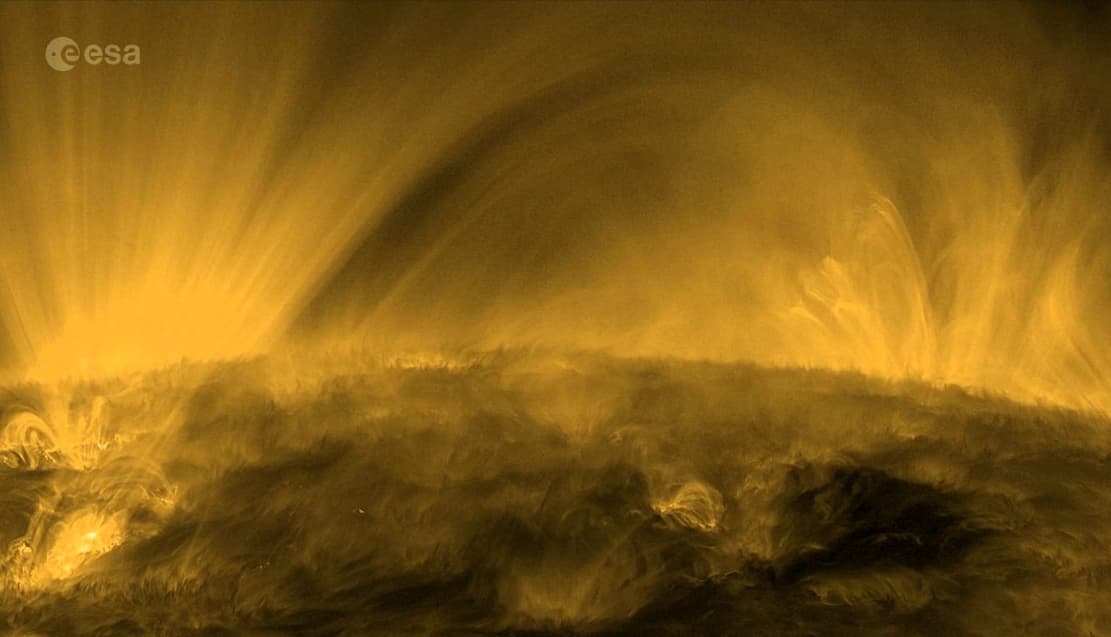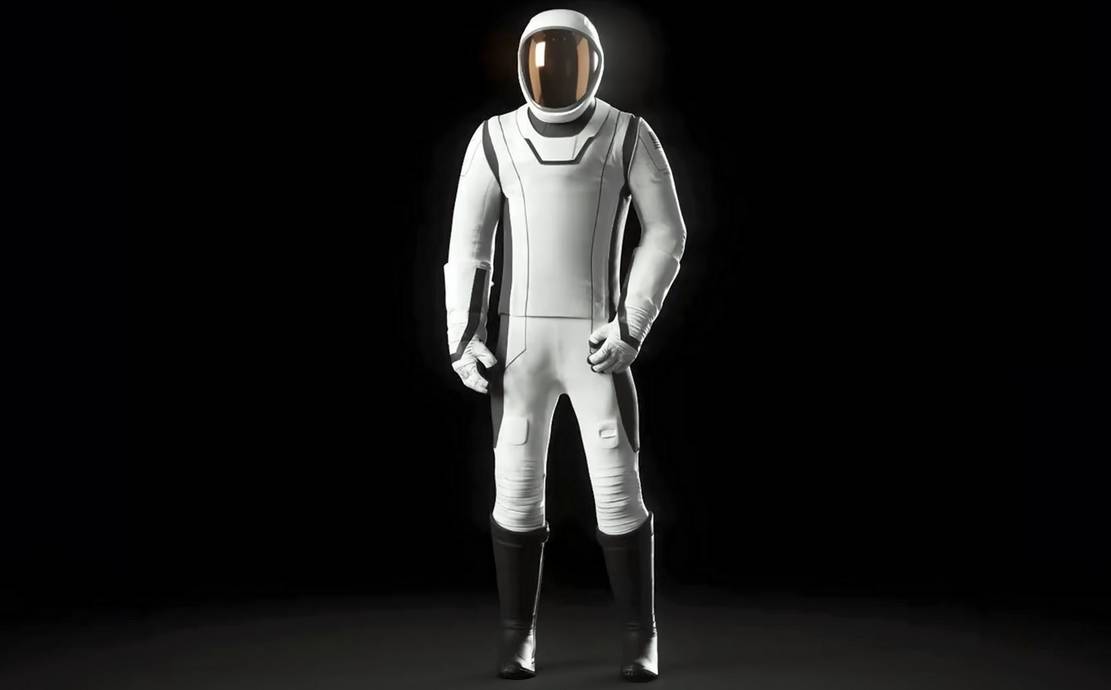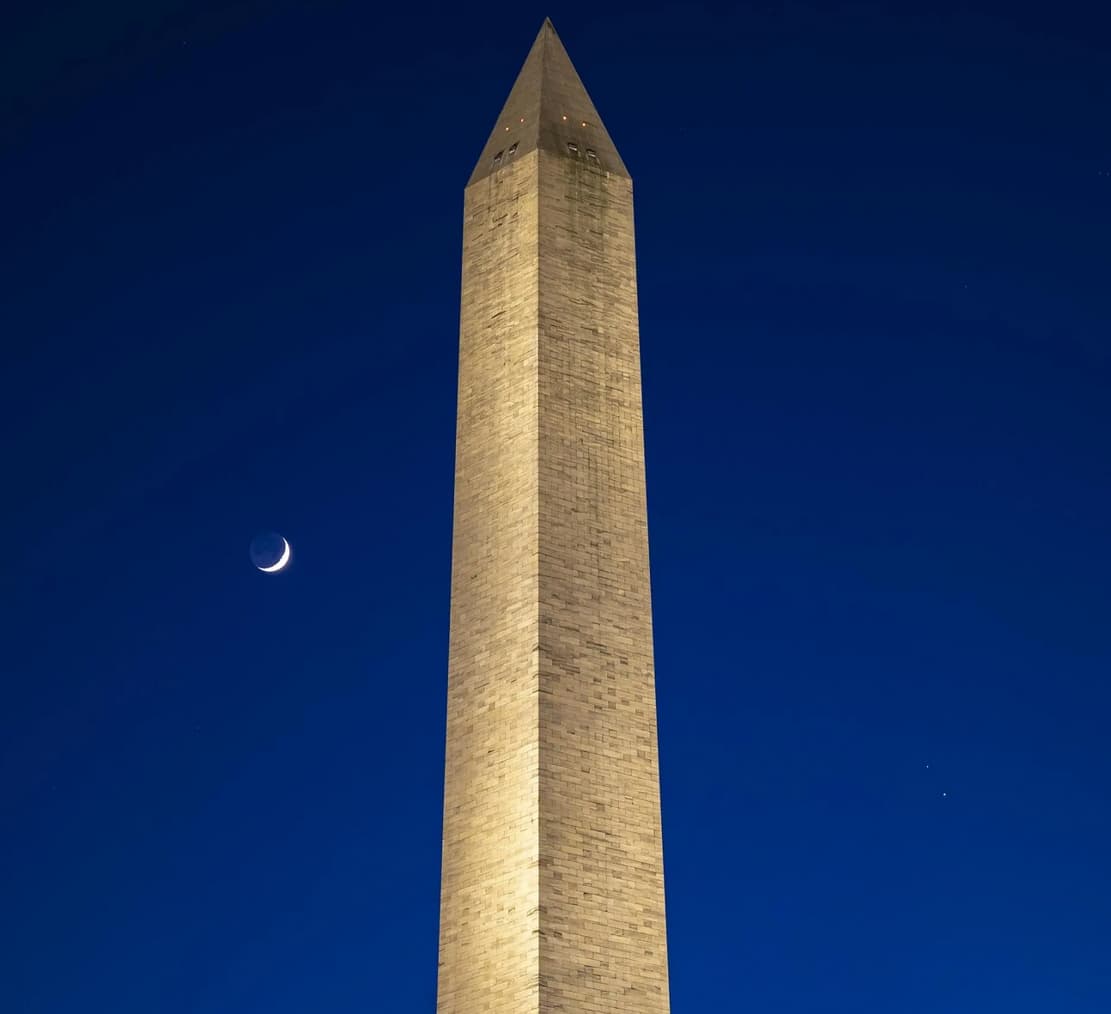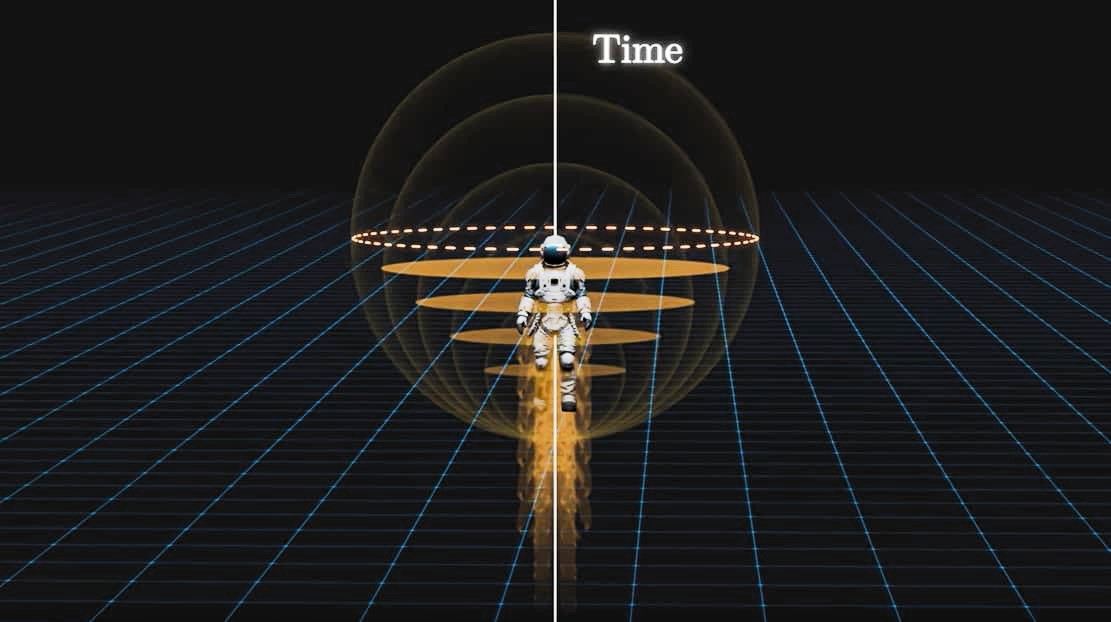The Sun’s Corona in Exquisite Detail
This video shows the Sun's corona in exquisite detail, captured by ESA's Solar Orbiter spacecraft.
Pininfarina – Wayne Enterprises Hypercars
In celebration of Batman's 85th anniversary, Pininfarina - Wayne Enterprises introduces the 'Capsule Collection', inspired by Bruce Wayne's refined tastes and global experiences.
The new SpaceX Extravehicular Activity Suit (EVA)
The new SpaceX Extravehicular Activity Suit (EVA) will be used by the Polaris Dawn crew about 700 kilometers above Earth for the first-ever commercial astronaut spacewalk.
The Moon, Jupiter and Saturn
Up in the sky after sunset on December 17, 2020, in Washington, you'd see the Moon on the left, Jupiter and Saturn on the right.
What Happened to the Nautilus?
What happened to the Nautilus and its expedition under the North Pole?
Something Strange Happens when you Follow Einstein’s Math
Something strange happens when you follow Einstein's Math. He was wrong about black holes, what else?
Pivotal Helix Single-Seat eVTOL
Pivotal introduced the Helix single-seat eVTOL aircraft designed to make flying a reality for everyone with a sense of adventure.
The new Ferrari 12 Cilindri
The brand-new Ferrari 12 Cilindri made its debut in Miami and is keeping it classic with a 6.5 liters massive, naturally aspirated V12 engine.
Manta Ray unmanned underwater vehicle (UUV)
The Manta Ray unmanned underwater vehicle (UUV), finished comprehensive testing in the waters off Southern California in February and March 2024.
Real Motors Ares Electric Motorcycle
The sleek Real Motors Ares electric motorcycle is all about cutting-edge tech.




















